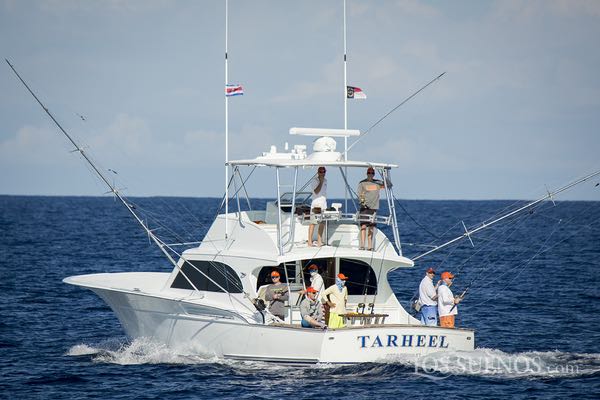Impact on Fisheries
Fishing sectors in Costa Rica are sounding the alarm, attributing a stark decline in catches to the El Niño climatic event. Artisanal fishermen and those using longline techniques have reported drops of up to 40%. Researchers from UCR and UNA confirm a sea temperature rise of up to 2°C, prompting fishing vessels to sail further and undertake longer voyages in search of marine species.
Temperature Variations and Their Effects
In Costa Rica, the ocean surface temperature, especially in the Pacific, surged between 1°C and 2°C above average during the first half of August. This has led to shifts in marine species’ locations, as they seek cooler waters. As a result, commercial fishing opportunities are diminishing, with pelagic species diving deeper and migratory species relocating to areas with more suitable temperatures.
Challenges for the Fishing Sector
The extended fishing voyages have impacted the profitability of fishermen, as they now must travel greater distances in search of fish. Mauricio González Gutiérrez, from the National Longline Sector, emphasized this trend, pointing out that fishing yields have dropped significantly. This affects around 350 fishing vessels operating in the Pacific, which now have to sail between 80 and 150 miles off the coast.
Ecological Impact and Marine Biology
Besides fish migration, El Niño also affects the population of various species. Marine biologist Marina Marrari, from the Costa Rican Fishing Federation, explained that warmer waters can reduce oxygen availability and alter water structure, affecting habitat suitability, growth, and reproduction of many marine species.
Institutional Responses and Research
Incopesca, the Costa Rican Fishing Institute, is actively assessing these impacts. They are inspecting fish hauls to make informed decisions. Additionally, Ángel Herrera Ulloa from UNA suggests that the most critical period for Central America and Panama will be between February and June 2024.
Industrial Processing and Economic Impacts
The industrial processing sector, particularly the tuna canning industry, is also feeling the heat. Asdrúbal Vásquez Núñez, from the Costa Rican Tuna Chamber, mentioned that like longline fishing, industrial fishing voyages are also extending, increasing operational costs.
Beyond Fisheries
The implications of El Niño extend beyond the fishing industry. Tayler M. Clarke, a fisheries and climate change specialist, highlighted increased hurricane and storm formations, coral bleaching, and the impact on coastal communities. Another concern is the rise in “dead zones” with low oxygen content, resulting from warming and unsustainable agricultural practices. These limit fish habitability and reduce the yield of commercial species.
With El Niño’s impact being felt across various sectors, it’s vital for stakeholders to collaborate, strategize, and adapt to these changing conditions to ensure the sustainability of Costa Rican fisheries and the livelihoods they support.

